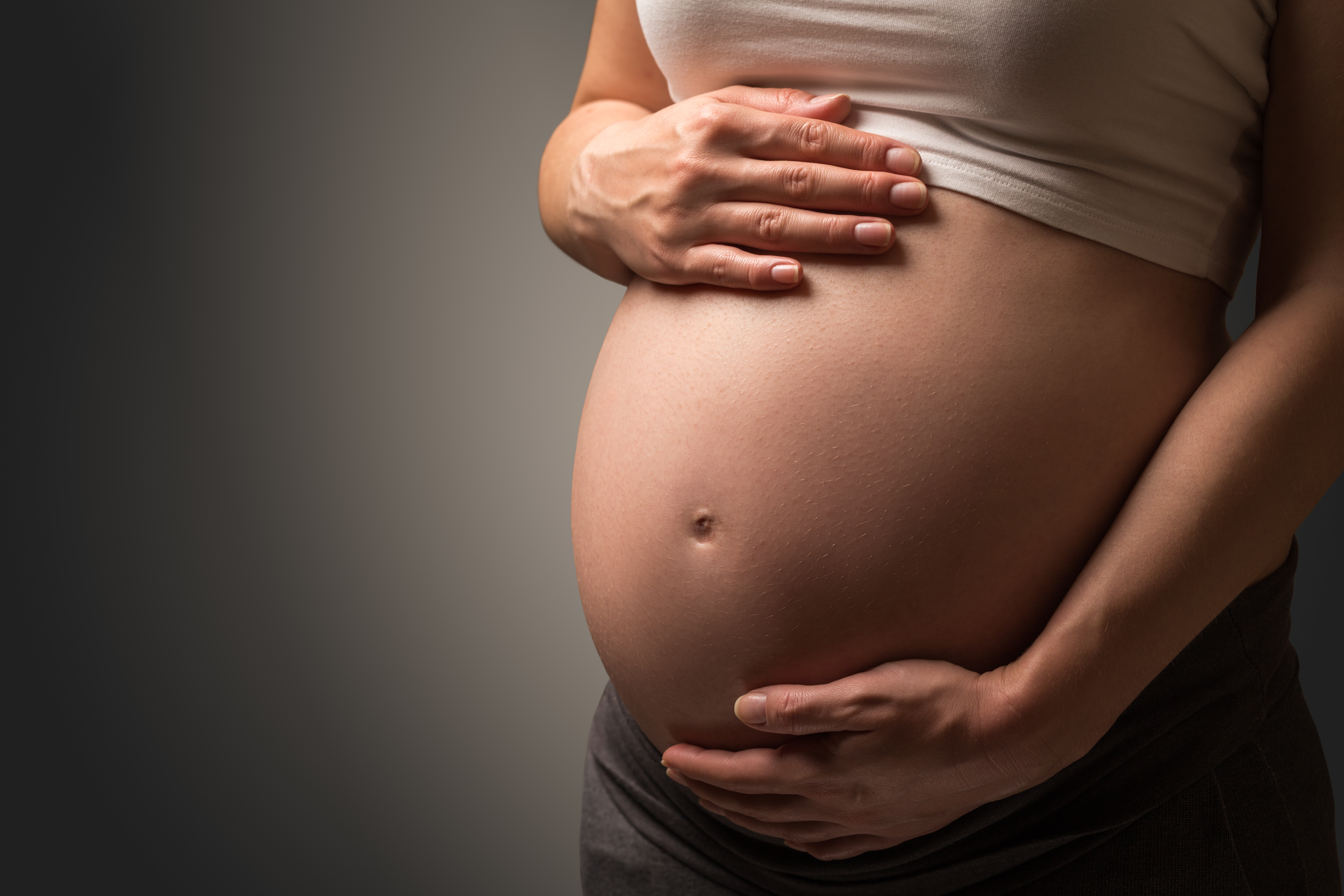
Crédits: AdobeStock
Researchers from Inserm, CNRS and Université Grenoble Alpes working at the Institute for Advanced Biosciences (Joint Research Unit 1209) have analyzed the consequences of environmental exposure in utero using data collected from a cohort of 668 women. Exposure to atmospheric pollution is associated with epigenetic modifications in the placenta, presenting a risk to the fetus. These findings were published in Environment International on June 21, 2018.
Exposure to air pollution during pregnancy presents a risk to the health of the fetus and child. According to a number of studies, exposure to air pollution is linked to harmful effects, such as preeclampsia (hypertension associated with the presence of protein in the urine) in the pregnant woman, as well as reduced birth weight and possibly also lung function deterioration and neurodevelopmental disorders in the child. The mechanisms that explain the effect of air pollutants on the development of the fetus and child could involve impairment of the placenta.
The researchers conducted a study based on 668 mothers and their children in the EDEN cohort. The pregnant women were recruited between 2003 and 2006 in the university hospitals of Nancy and Poitiers. The scientists observed that the mothers most exposed to nitrogen dioxide (gas produced by automobile, industrial and thermal combustion processes) during their pregnancies presented an epigenetic modification on the ADORA2B gene. “Defects in the expression of this gene have in other studies been associated with preeclampsia, a commonly-occurring condition in pregnancy which can be serious if it is not managed,” explains Inserm researcher, Johanna Lepeuler. The average exposure levels in the population studied were below the annual limit set by the European Union air quality directive (40 mg/m3 for nitrogen dioxide).
The results of this study thereby confirm part of the hypothesis according to which prenatal exposures to air pollutants, at levels commonly found in Europe and France, could be harmful to the health of the pregnant woman and unborn child.
It is the first study on air pollutants to focus on the issue based on an analysis of large-scale epigenetic data (concerning more than 400,000 epigenetic locations). Previous studies focused on specific genes.

